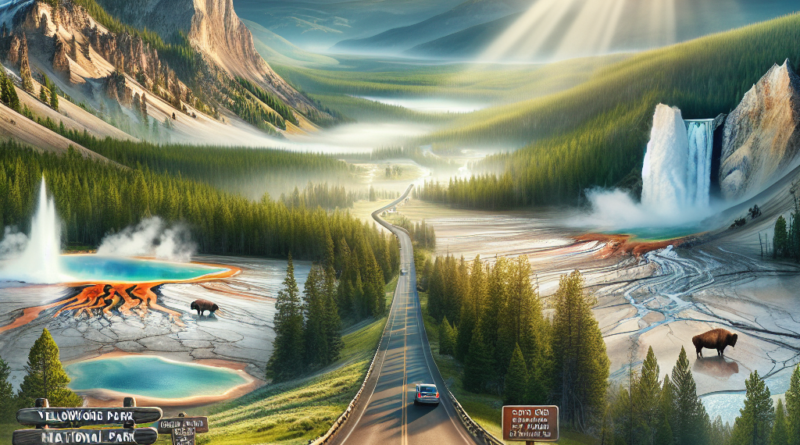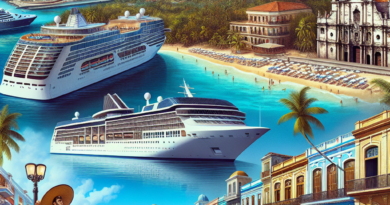Yellowstone National Park Directions
Navigating the vast expanse of Yellowstone National Park can be nothing short of overwhelming for first-time visitors. Therefore, we have compiled an article on Yellowstone National Park Directions, which serves as a comprehensive guide for those seeking to explore this stunning natural haven. This guide seeks to streamline your journey by providing clear, concise directions along with advice on optimum viewing spots, efficient routing and essential visitor information. Containing everything you require for an unforgettable visit, this accessible manual of instructions is your indispensable companion.
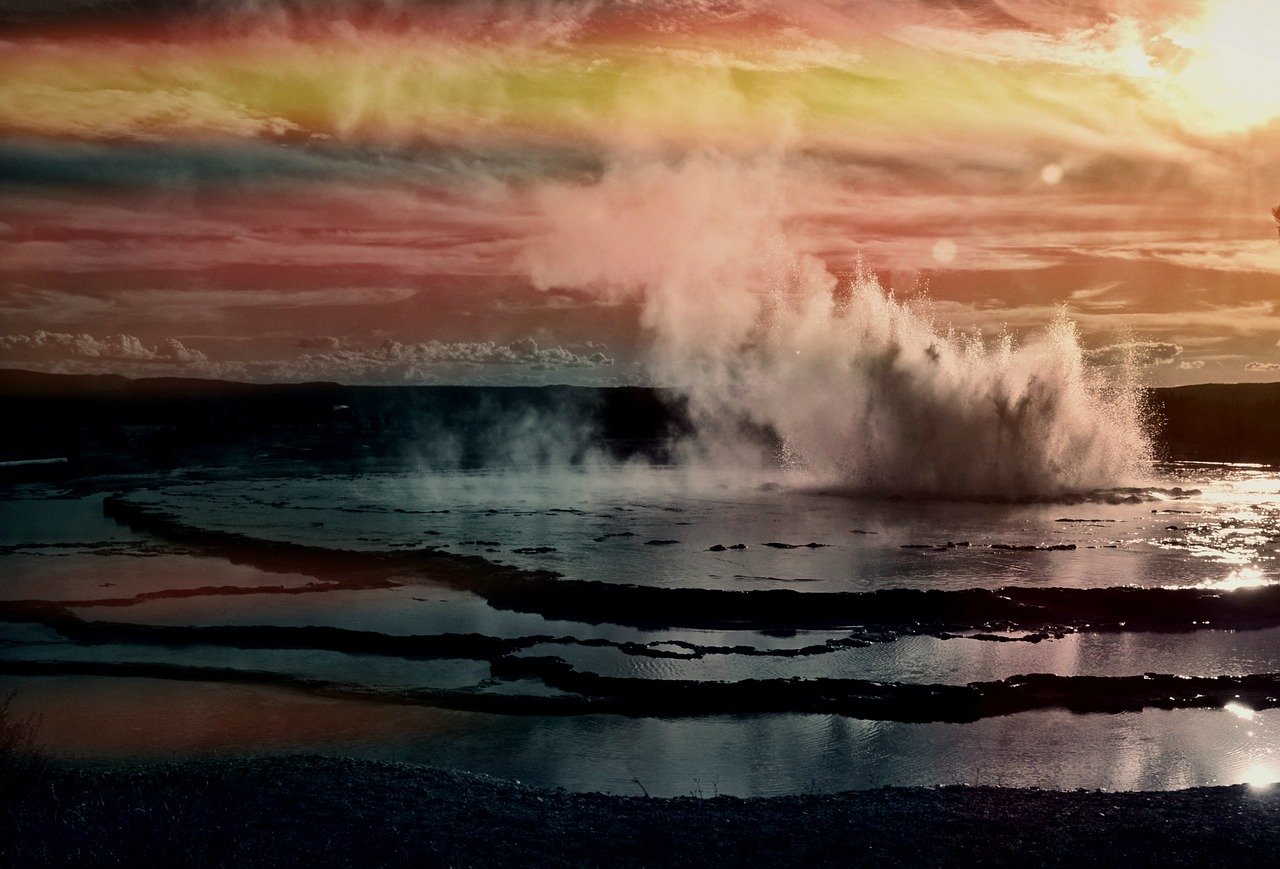
Getting to Yellowstone National Park
Yellowstone National Park is a vast recreation area primarily in the U.S. states of Wyoming, although it also reaches into Montana and Idaho. Getting to this park can be quite an adventure, depending primarily on where your journey begins.
Driving Instructions from Various Cities
From major cities such as Salt Lake City, the journey can be made by car using interstate highways and state roads. This often involves driving through scenic areas such as Grand Teton National Park. From Denver, Colorado, the trip entails a drive north through Wyoming. Detailed driving instructions are readily available and it’s advised to plan your route ahead of time.
Flying into Nearby Airports
If we opt for air travel, several airports near Yellowstone National Park can be considered. These include Bozeman Yellowstone International Airport, Yellowstone Airport, and Jackson Hole Airport. Services from major airlines are available into these airports, and renting a car upon arrival is an option.
Train and Bus Routes to Yellowstone
Traveling by train or bus presents another viable option. Amtrak operates a service to Salt Lake City from various parts of the United States, and from there, onward transportation to Yellowstone can be arranged. Additionally, Greyhound Bus Lines operates to various cities and towns near Yellowstone.
Entrance Points to Yellowstone National Park
Yellowstone National Park boasts five entrance points.
North Entrance
The North Entrance, near Gardiner, Montana, is the only park entrance open to automobiles throughout the year. It serves as the gateway to Mammoth Hot Springs, Tower Roosevelt, and the Lamar Valley.
Northeast Entrance
The Northeast Entrance near Cooke City, Montana, leads us directly to the Lamar Valley. This entrance is not open year-round due to snow, with closures typically occurring from early November to late April.
East Entrance
From the East Entrance, which is close to Cody, Wyoming, we can access Fishing Bridge and Lake Village. This route does require traversing the Sylvan Pass, which is often closed in winter due to dangerous conditions.
South Entrance
Coming through the South Entrance ushers us into Yellowstone via Grand Teton National Park. From here, we have direct access to the John D. Rockefeller, Jr. Memorial Parkway.
West Entrance
The West Entrance, located in West Yellowstone, Montana, provides direct access onto the park’s lower loop.
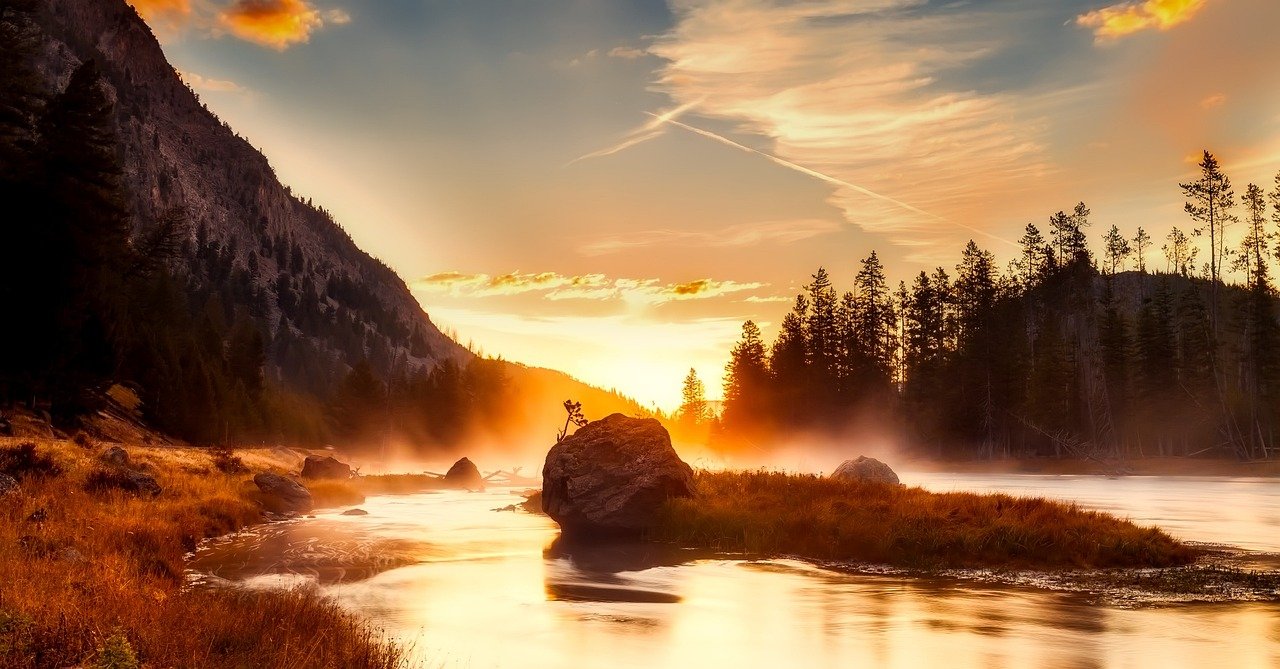
Road Conditions Inside Yellowstone National Park
Current Road Status
At Yellowstone, we ensure the roads are navigable and safe. Information about the current road status can be found by checking with the park’s visitor services upon arrival or by viewing updates online.
Seasonal Road Closures
Yellowstone experiences significant snowfall, and as such, many roads are closed seasonally. These closures usually take place from the beginning of November to late April.
Road Construction and Maintenance
Maintaining the roads, bridges, and infrastructure of Yellowstone is a year-round job. During the summer months, road construction and maintenance projects may result in temporary road closures or delays. It’s wise to check with park officials or on the park’s website for updates before setting out each day.
Navigating Yellowstone’s Main Roads
Grand Loop Road
The Grand Loop Road forms a large “figure 8” through the park and covers a variety of key destinations, including Mammoth Hot Springs, Norris Geyser Basin, and Old Faithful.
Norris-Canyon Road
The Norris-Canyon road connects Norris Geyser Basin and Canyon Village, providing a convenient route to see some of the park’s exceptional geothermal features.
Tower-Roosevelt Area Roads
The roads in the Tower-Roosevelt area offer stunning views of the Yellowstone River and its surrounding valleys.
The South Loop
The South Loop covers several key locations including Yellowstone Lake, West Thumb Geyser Basin, and Old Faithful.
The North Loop
The North Loop includes Mammoth Hot Springs, the Lamar Valley, and the Grand Canyon of Yellowstone, allowing us to experience the true wilderness of the park.
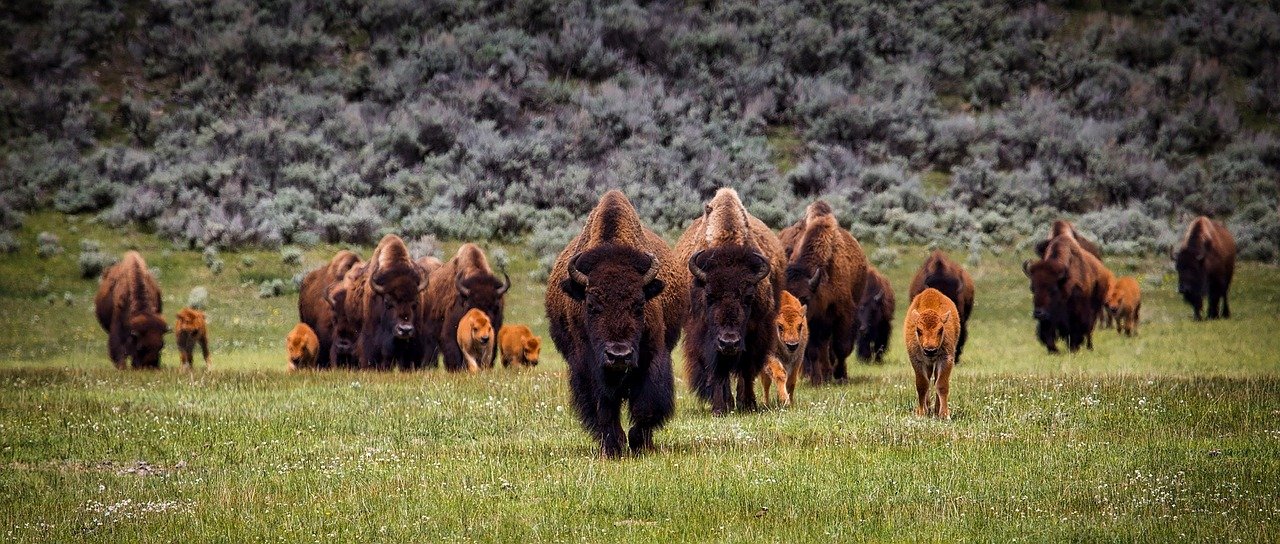
Travelling By Bicycle in Yellowstone National Park
Pedal Bicycle Routes
Cycling in Yellowstone provides a unique vantage point for experiencing the park. There are several bike routes available and cyclists are also able to use the park’s roadways.
Electric Bicycle Regulations
Electric bikes (e-bikes) are permitted, provided they meet certain regulations. These include restrictions on where they can be used, speed limits, and requirements for riders to yield to pedestrians and park traffic.
Navigating Through Yellowstone’s Landmarks
Old Faithful Area
The Old Faithful area is a must-visit. Here, we can observe the park’s most famous geyser and explore other geothermal attractions.
Mammoth Hot Springs
Mammoth Hot Springs is known for its otherworldly limestone rock structures and hot springs.
Yellowstone Lake
Yellowstone Lake is the park’s largest water body. It’s known for its tranquil views and abundant wildlife.
Grand Canyon of the Yellowstone
The Grand Canyon of the Yellowstone is an impressive sight, with two breathtaking waterfalls, and stunning views down the deep, colorful canyon.
Norris Geyser Basin
The Norris Geyser Basin is the park’s largest geothermal area. Its boardwalks take us on a fascinating journey through a variety of geothermal features.
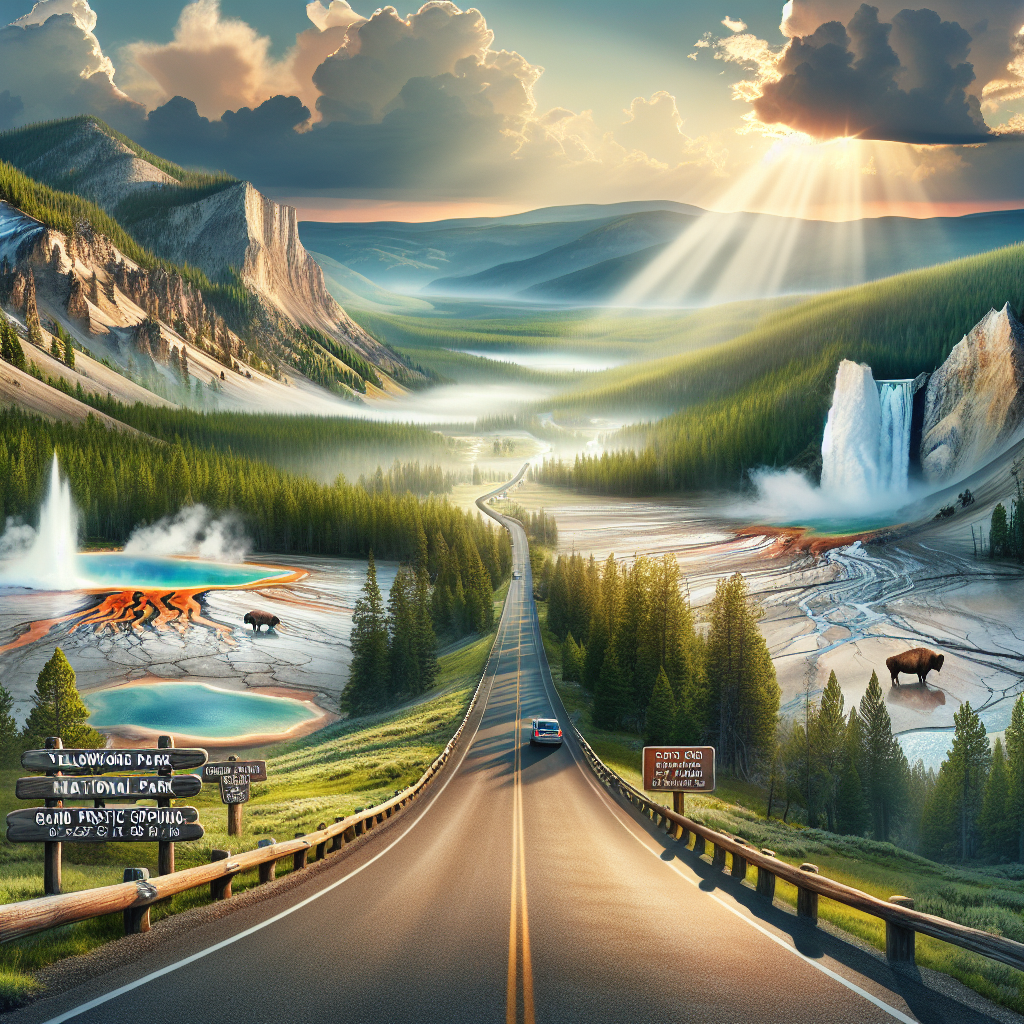
Hiking Trails In Yellowstone National Park
Back Country Trails
Those seeking solitude and adventure can opt for one of the park’s many backcountry trails. These trails give us a chance to escape into Yellowstone’s wilderness.
Day Hiking Trails
For shorter walks, the park provides numerous day hiking trails. They vary in difficulty and take us through a variety of stunning landscapes.
Hiking Trail Safety
Safety should always be a priority when hiking in Yellowstone. It’s vital to follow all park rules, remain on designated trails, carry bear spray, and maintain a safe distance from wildlife.
Boating Access and Direction in Yellowstone
Designated Launch Sites
While boating is a popular activity in Yellowstone National Park, it’s allowed only at designated launch sites.
Safety Regulations for Boating
All boaters must adhere to the park’s safety regulations, which include strict speed limits and rules about noise, safety gear, and waste disposal.
Sailing through Yellowstone’s Waters
The vast expanses of Yellowstone Lake and Lewis Lake present a fantastic opportunity for sailing, with sufficient wind and stunning scenery to enthrall sailors.
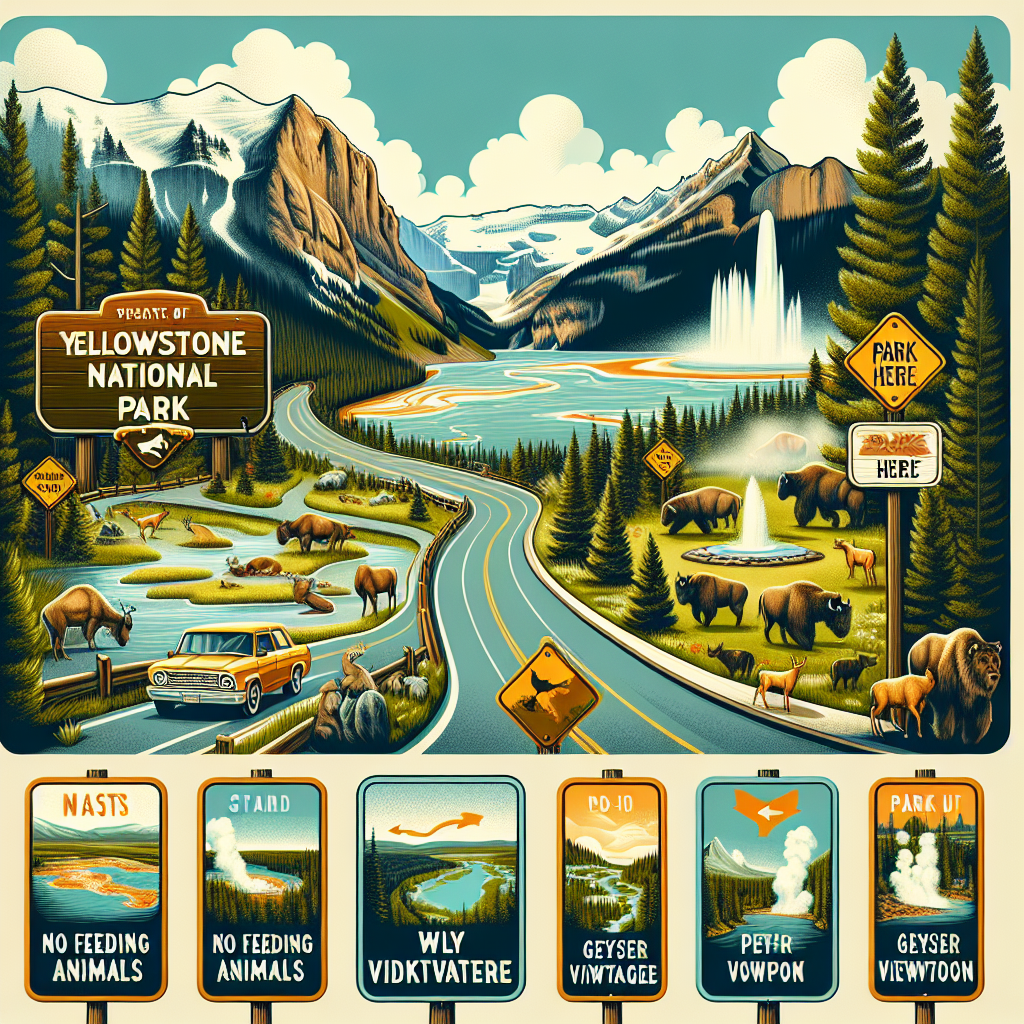
RV and Camping Directions in Yellowstone
RV Camping Directions and Rules
RV camping in Yellowstone is an unforgettable experience and each of our campgrounds has specific rules and facilities for RV users.
Tent Camping Directions and Rules
For those who prefer to tent-camp, there are some regulations to be adhered to, particularly concerning food storage and wildlife interaction.
Winter Travel and Directions in Yellowstone
Snowmobile Access Points
Snowmobile use is permitted within the park during the winter months but only at specific access points and usually only with a guide.
Guided Snow Coach Routes
Guided snow coach tours offer a relaxing and educational experience, traversing several park highlights in a controlled and warm environment.
Cross-Country Skiing Trails
Yellowstone National Park provides a range of winter trails suitable for cross-country skiing and snowshoeing, offering yet another way to explore the park’s winter wonderland.

